Incandescent lamps have long ceased to be the main sources of light, as they were replaced by more modern economical models. From a practical point of view, the transition to such lamps is calculated individually, depending on the activity of the application. But with their help, you can save electricity and get efficient lighting. To purchase energy-saving options, people need to understand their types and distinguishing features.
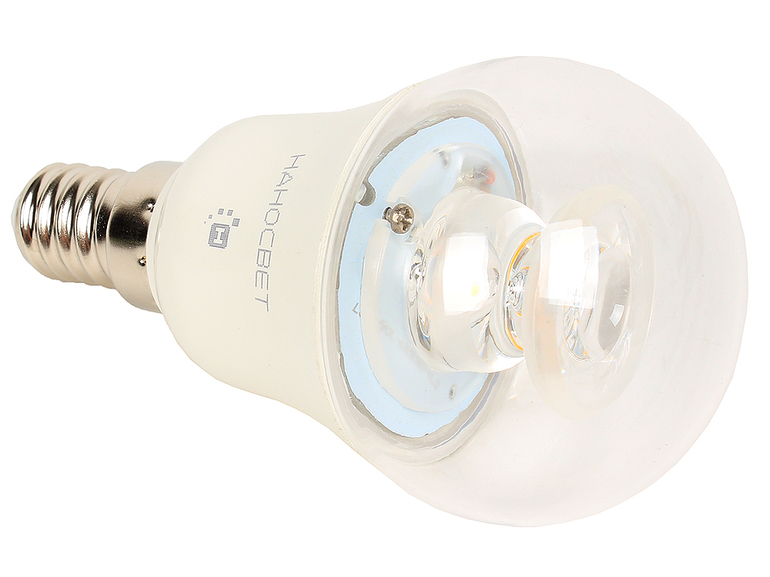
Content
Types, advantages and disadvantages
There are 2 options for energy-saving light bulbs: compact fluorescent lamps (CFLs) and LED products. According to users, the second light sources benefit from durability, no harmful substances and stable luminous flux. Although such devices are more expensive than CFLs, they consume less electricity during use.
Both types of bulbs are superior to old products in that the electricity collected in them is converted into streams of visible light.
Such options have small dimensions, a power supply installed at the base, and cooling holes. Moreover, they differ in shape, type of cap, type of bulb and the presence of additional characteristics.
Features of fluorescent products
CFL manufacturers claim that they are superior to incandescent lamps in terms of life and electricity consumption. However, in addition to compact devices, there are those that are suitable for use in large rooms. The advantages of CFL include:
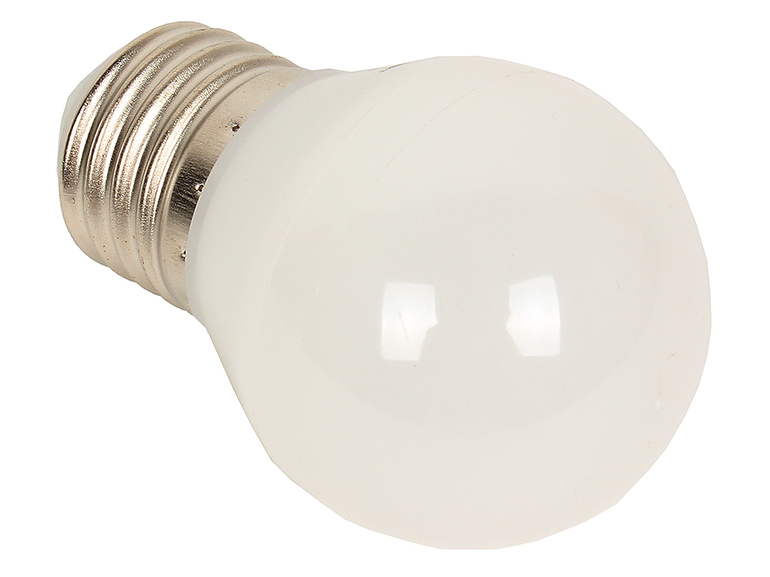
- High light output (a 20 W lamp can produce as much light as is obtained from a Ilyich 100 W lamp).
- Long service life - from 10 thousand hours.
- Low degree of surface heating.
- A variety of shades of light and a pleasant diffused lighting.
Such devices have disadvantages. Firstly, there is a need for their careful use and disposal due to the presence of mercury. Secondly, lamps can deteriorate from frequent on / off and power surges.
In addition, for the lamp to start working at the peak of its capabilities, a little time must pass - from 30 to 45 seconds.
Pros and cons of LED devices
Many people call LED economy light bulbs the top of technological progress, since they are practically devoid of minuses. The only tangible disadvantage is the high cost, which pays off after 1−2 months of use. The positive features of such devices are:
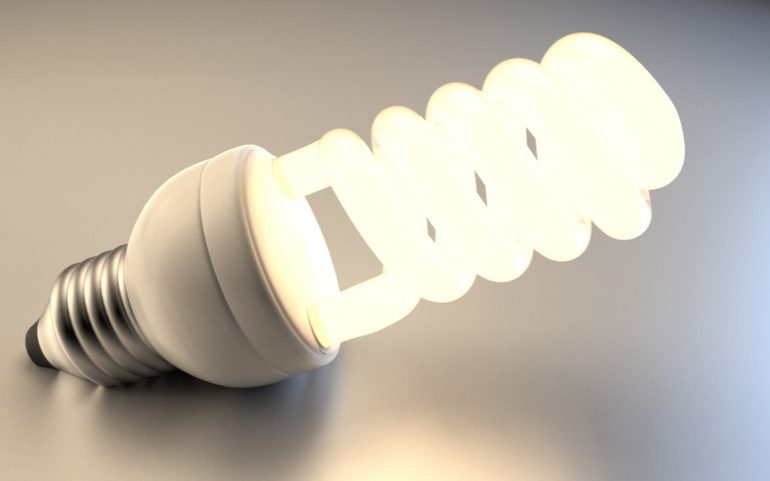
- safety for human health;
- a high percentage of electricity savings (indicators exceed the threshold consumed by CFL);
- the possibility of active use of more than 50 thousand hours;
- lack of heating of the case and flicker;
- ability to produce maximum light when turned on;
- high working resource independent of power surges;
- the ability to get natural light.
Such savings lamps are small in size and highly durable. At the same time, they are quickly installed and have a multi-year warranty from manufacturers.
Success Criteria
To determine which light bulb is better to choose in an apartment, it is necessary to take into account some points. Among them:
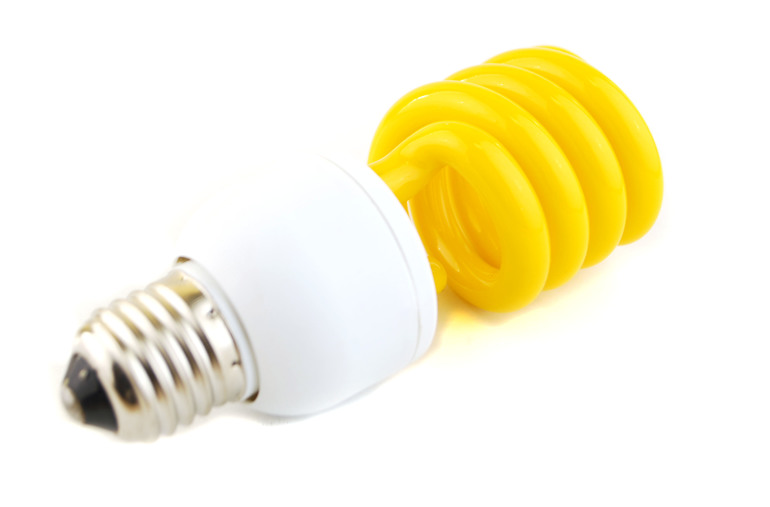
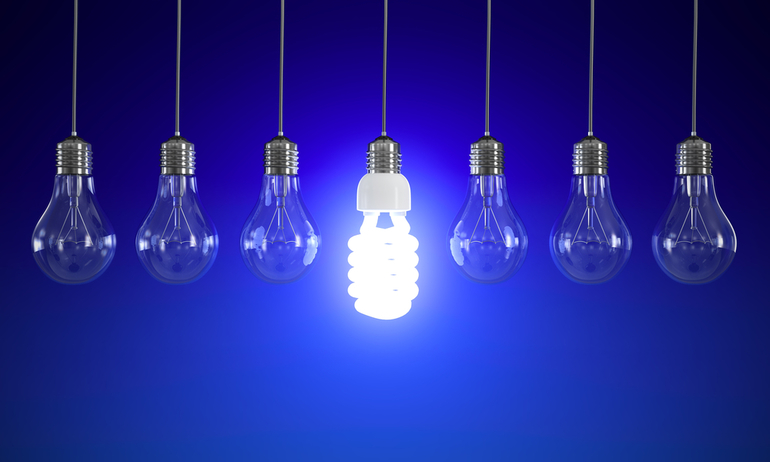
- A rating of rated power that affects electricity consumption.
- Active and reactive power factor.
- Features of the luminous flux (brightness, hue and CRI index).
- The waiting time, after which the lamp begins to shine by 60-80%.
- Lifetime and number of switching cycles.
To choose an energy-saving light bulb, you can stop at a well-known manufacturer, but if the buyer first hears the brand name, it is better to refuse the purchase. In addition, such good lamps should not be bought for an entrance or street lighting, otherwise there are several who want to borrow them.
Power and Life
Light-saving lamps can have 3 power markings: E14, E27 and E40. Distinctive features of such devices may be the lack of a dimmer and brightness control. Consequently, a constant high voltage may be required to maintain a monophonic glow.
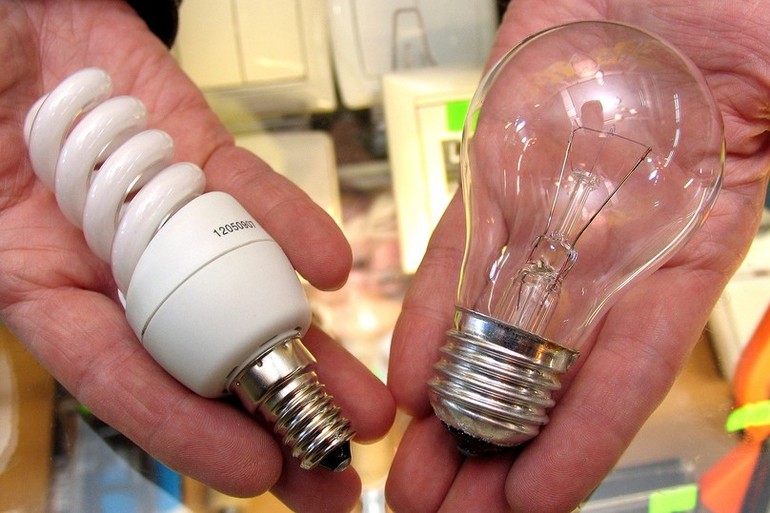
For example, when buying a 9-volt CFL bulb, you should apply a factor of 5 to calculate the power. In the end, it turns out that it resembles a 45-volt incandescent lamp.
Coming to the supermarket for light bulbs, you should look not only at the cost, but also at the conformity of the products with the data indicated on the package. For example, the ASD trademark constantly indicates power and light output parameters that are not true on their products.
As for the service life, everything is relatively simple here. If the product is made in China, it will last up to 5 thousand hours (while branded lamps can work at least up to 10 thousand hours).
Comparison and analysis of parameters
Before choosing energy-saving lamps for the home, owners should make a comparison of the types and the corresponding calculations. The difference between CFL and LED light sources is obvious. This is evident from such moments as:
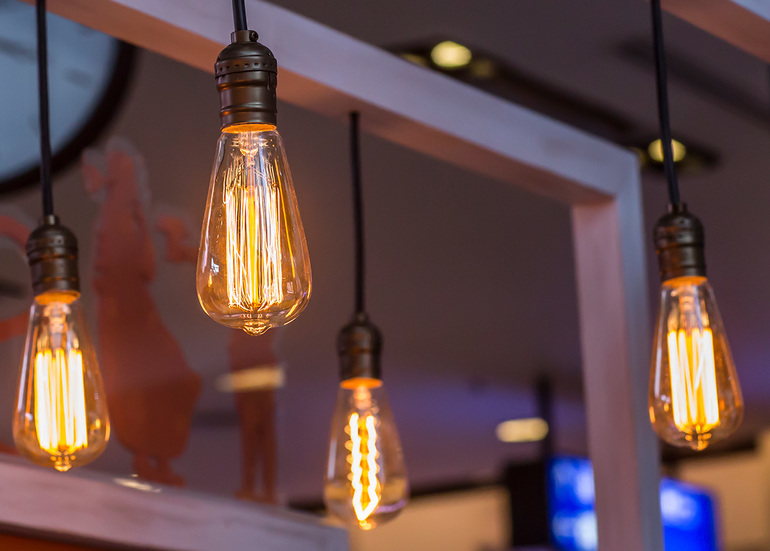
- Distribution of consumed electricity. LEDs are able to convert up to 95% of electricity into light fluxes (CFL indicators are much lower).
- The service life of fluorescent lamps is much less than that of LEDs.
- Different power indicators, for example, if CFL has 13 watts, then the LED gives out more light at 5 watts.
- Lamps begin to effectively illuminate the space after some time (using an LED lamp takes less time).
The last differences of these light sources are the price and structural strength. With the high cost of LED lamps, they have a solid structure, which can not be said about CFL.
Knowing all the parameters of modern energy-saving lamps, you can make the right choice.

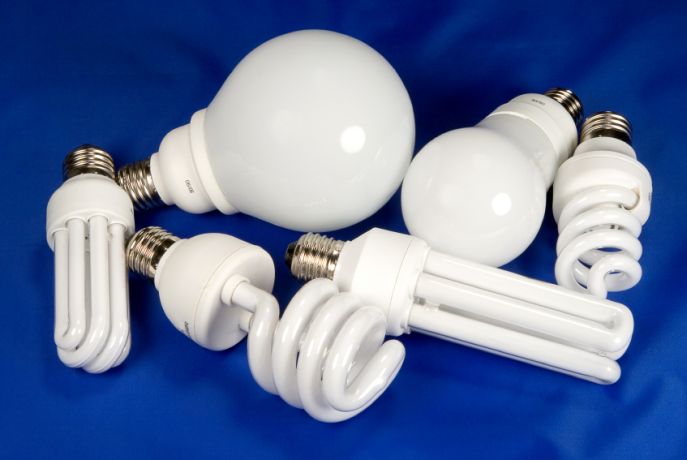



Alas, no comments yet. Be the first!